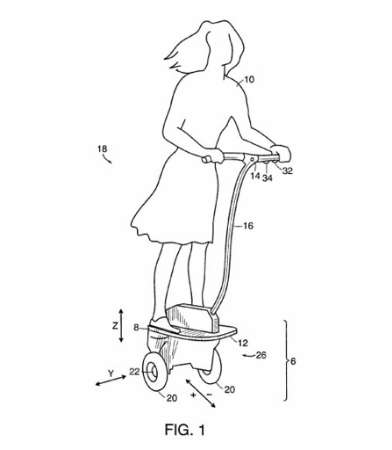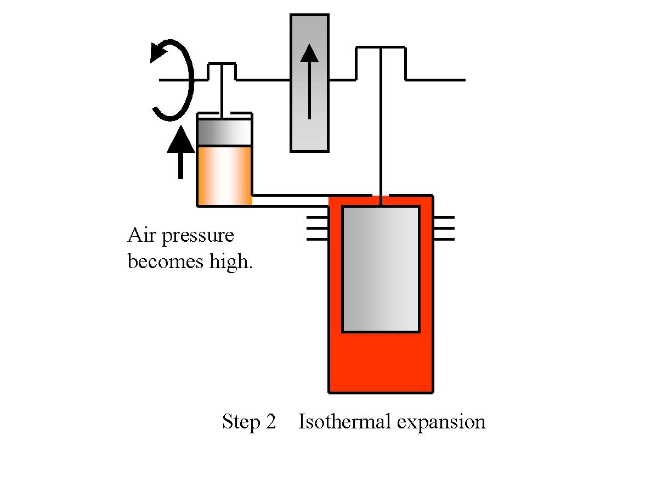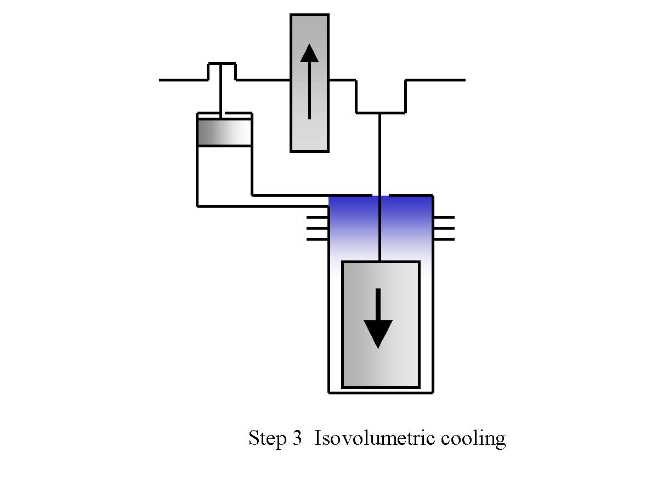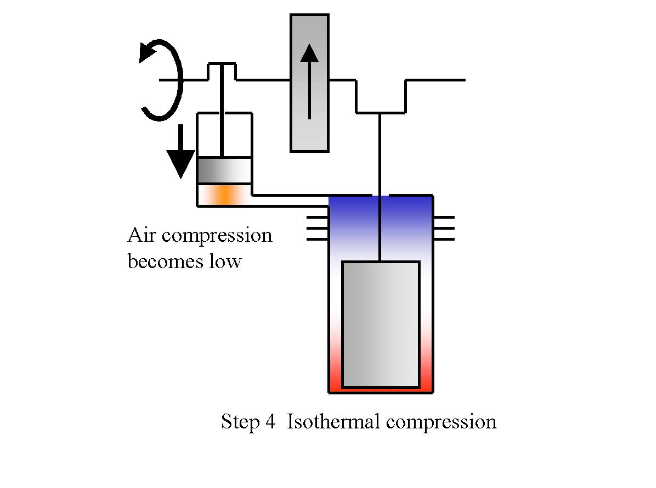|
{Stuff}
Kamen Scooter - Is this Ginger?From Ianman: After exhaustive and exhausting research, I am prepared to admit it. I was wrong. It looks like Ginger isn't going to be something to do with the iBot (Dean Kamen's go-anywhere wheelchair). But apparently it does use the same balancing technology.
The Ginger-scooter would presumeably have a clean-burning engine, possibly based on a Stirling engine, a version of which Kamen has a patent for. With a non-polluting engine and a scooter where you lean forward to go forward (and vice-versa), short-distance travel could be green _and_ fun. Another tidbit of evidence:
Then again, perhaps it really is a personal magnetic levitation and transportation device. After all, Dean Kamen's housekeeper is reported to have said that Dean has invented (as well as everything else) "a little thingy that makes the vacuum float above the ground." Or maybe not:
BTW, the Dateline article on the wheelchair was dated June 2000. ------------------------ And from the Mechanical Engineering Dept. at MIT: On September 27, 1816, Robert Stirling applied for a patent for his economiser at the Chancery in Edinburgh, Scotland. By trade, Robert Stirling was actually a minister in the Church of Scotland and he continued to give services until he was eighty-six years old! But, in his spare time, he built heat engines in his home workshop. Lord Kelvin used one of the working models during some of his university classes. In 1850 the simple and elegant dynamics of the engine were first explained by Professor McQuorne Rankine. Approximately one hundred years later, the term "Stirling engines " was coined by Rolf Meijer in order to describe all types of closed cycle regenerative gas engines. Stirling engines are unique heat engines because their theoretical efficiency is nearly equal to their theoretical maximum efficiency, known as the Carnot Cycle efficiency. Stirling engines are powered by the expansion of a gas when heated, followed by the compression of the gas when cooled. The Stirling engine contains a fixed amount of gas which is transferred back and forth between a "cold" end (often room temperature) and a "hot" end (often heated by a kerosene or alcohol burner). The "displacer piston" moves the gas between the two ends and the "power piston" changes the internal volume as the gas expands and contracts. Stirling engines are being studied at NASA for use in powering space vehicles with solar energy! ------------------------ From a Japanese
University Somewhere (where a freshman is a fleshman!):
Visit the strange Japanese University Site
Some other interesting sites on this subject: Quiet
Engine Company |




